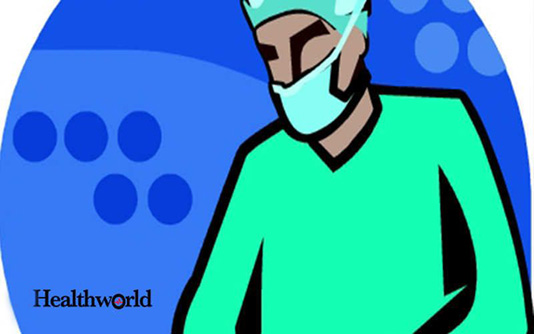PARIS, Oct 12, 2018 (BSS/AFP) – Worldwide Caesarean section use has nearly
doubled in two decades and has reached “epidemic” proportions in some
countries, doctors warned Friday, highlighting a huge gap in childbirth care
between rich and poor mothers.
They said millions of women each year may be putting themselves and their
babies at unnecessary risk by undergoing C-sections at rates “that have
virtually nothing to do with evidence-based medicine”.
In 2015, the most recent year for which complete data is available, doctors
performed 29.7 million C-sections worldwide — 21 percent of all births. This
was up from 16 million in 2000, or 12 percent of all births, according to
research published in The Lancet.
It is estimated that the operation — a vital surgical procedure when
complications occur during birth — is necessary 10-15 percent of the time.
But the research found wildly varying country rates of C-section use, often
according to economic status: in at least 15 countries more than 40 percent
births are performed using the practice, often on wealthier women in private
facilities.
In Brazil, Egypt and Turkey, more than half of all births are done via C-
section.
The Dominican Republic has the highest rate of any nation, with 58.1
percent of all babies delivered using the procedure.
But in close to a quarter of nations surveyed, C-section use is
significantly lower than average.
Authors pointed out that while the procedure is generally over-used in many
middle- and high-income settings, women in low-income situations often lack
necessarily access to what can be a life-saving procedure.
“We would not expect such differences between countries, between women by
socioeconomic status or between provinces/states within countries based on
obstetric need,” Ties Boerma, professor of public health at the University of
Manitoba, Winnipeg, and a lead author on the study, told AFP.
Jane Sandall, professor of social science and women’s health at King’s
College London and a study author, told AFP that there were a variety of
reasons women were increasingly opting for surgery.
– Legal concerns –
These include “a lack of midwives to prevent and detect problems, loss of
medical skills to confidently and competently attend a vaginal delivery, as
well as medico-legal issues.”
Doctors are often tempted to organise C-sections to ease the flow of
patients through a maternity clinic, and medical professionals are generally
less vulnerable to legal action if they choose an operation over a natural
birth.
Sandall also said there were often “financial incentives for both doctor
and hospital” to perform the procedure.
The study warned that in many settings young doctors were becoming
“experts” in C-section while losing confidence in their abilities when it
comes to natural birth.
It also identified an emerging gap between wealthy and poorer regions
within the same country. In China, C-section rates diverged from 4 percent to
62 percent; in India the range was 7-49 percent.
While the US saw more than a quarter of all births performed by C-section,
some states used the procedure more than twice as often as others.
“It is clear that poor countries have low C-section use because access to
services is a problem,” said Sandall. “In many of those countries, however,
richer women who live in urban areas, have access to private facilities have
much higher C-section use.”
– ‘Alarming’ trend –
C-sections may be marketed by clinics as the “easy” way to give birth, but
they are not without risks.
Maternal death and disability rates are higher after C-section than vaginal
birth. The procedure scars the womb, which can lead to bleeding, ectopic
pregnancies (where the embryo is stuck in the ovaries), as well as still- and
premature future births.
The authors suggested better education, more midwifery-led care and
improved labour planning as ways of ensuring C-sections are only performed
when medically necessary, as well as ensuring women properly understand the
risks involved with the procedure.
“C-section is a type of major surgery, which carries risks that require
careful consideration,” said Sandall.
In a comment accompanying the study, Gerard Visser of the University
Medical Centre in the Netherlands, called the rise in C-sections “alarming.”
“The medical profession on its own cannot reverse this trend,” he said.
“Joint actions are urgently needed to stop unnecessary C-sections and
enable women and families to be confident of receiving the most appropriate
care for their circumstances.”



